How Much Does Mold Remediation Cost in 2021?
$1,373 to $3,325 Average Cost for Most Homeowners
$13.33 to $28.33 Per Square Foot
$6,000+ For Larger Scales & Bigger Rooms
Although these estimates can give you a good idea on how much you will need to shell out for your mold remediation, there are a number of factors that will influence the cost depending on the mold situation in your home.
In this guide, we will be discussing the said factors, along with the cost of remediation according to where the mold problem is located, the process of mold remediation and other important considerations you will have to deal with.
If you have discovered mold growing in your home, it might be time to do something about it. Mold remediation is the process of removing mold from various surfaces in your home. In addition, if you hire a professional for a remediation service, they will not only get rid of mold colonies, but they will also help repair any damage that has been caused by mold growth. This includes ridding your home of excess moisture and heat which causes the mold.
So, how much does a mold remediation cost? For most homeowners, you are looking at a price range between $1,373 and $3,325. This will roughly average out to a cost of $2,347. Still, not all mold remediation will fit within this range. Some mold remediation can even cost as little as $458 dollars while others go way above the $6,000 mark.
Ultimately, the cost depends on your specific situation and how extensive the mold growth is. The figures above are just estimates to help you get an idea of how much you will spend on average for mold remediation. To have a more precise estimate, follow the discussion below where we will enumerate the factors that will influence the cost as well as some saving tips!
Average Cost of Mold Remediation
Again, most homeowners spend between $1,373 and $3,325 for mold remediation. This will roughly average out to a cost of $2,347. Still, not all mold remediation will fit within this range. Some may cost as cheap as $458 while in extreme case of mold infestation, the cost can realistically go way above $6,000.
$450
$2,300
$6,000+

Cost Per Scale
The price of this project can be averaged in terms of scale. If you are doing a very small remediation project in a single room the cost will be much more manageable. Around $450 for something like a small bathroom fix that doesn’t require major repairs or replacements.
However, if you are doing remediation on a much larger scale, in a much bigger room, expect to pay more, even upwards of $6,333. This does not even take into account the cost of multiple areas of your home, which we will talk about later on in the post.
Cost Per Square Foot
Further breaking down the cost, you can expect to pay around $13.33 to $28.33 per square foot of your home. This price will vary depending on where you live and the company you choose to hire. Also, you need to consider the amount of work that needs to be done for your mold remediation.
$13 to $28/sq²
DIY Cost
Still, not all mold requires remediation work from professionals. In fact, if the mold in your home takes up less than ten square feet you can even get rid of the mold yourself with some mold solutions. The cost will be under $20 when you are dealing with small amounts of mold in easy-to-clean locations.
Biohazard:
Mold spores contain allergens, irritants and occasionally even toxic substances. Because of this, inhaling, or even coming into contact with, these spores can cause allergic reactions and irritation both on the skin and within the body.Factors That Influence The Cost of Mold Remediation
1. Size of Your Home
The size of your home can be a deciding factor for the price of your mold remediation. This isn’t always the case, especially if you can catch small growths early on. However, if you miss the signs of mold growth, and it grows on a larger property, expect the price of mold remediation to go up. The bigger your home is, the more space the mold has to grow, and the larger the cost can balloon up to.
2. Location of The Mold
The location of the mold will also have an effect on the cost of your mold remediation. In some parts of your home, mold will have a much harder time growing and surviving. For instance, in less moist areas of your house, mold won’t grow so big, so the price might not be as much. While in damp areas with a lot of moisture are a prime breeding ground for mold spores. This includes bathrooms and laundry rooms.
Here are other locations prone to mold infestation:
Some of these locations can be trickier to clean and repair in comparison to other areas of your home. So, this will also affect the final price of mold remediation. And, when mold grows in places that are foundational to the structure of your home, this can really cost you a lot of money. Not only is it hard to clean and replace, but repairs will be much more extensive and expensive.
3. Size of The Mold Colony
Another important factor to consider is the size of the mold colony. As you can imagine, the larger the mold colony is, the higher the remediation price will be. When looking at the price point, most pros will go by square footage.
For every square foot, you can expect to pay around $13.33 to $28.33. Price can also shift based on the specific location and the extent of the mold and its damage.
Square Foot | Price |
|---|---|
50 sq² | $700 to $1400 |
100 sq² | $ 1,300 to $ 2,800 |
200 sq² | $ 2,600 to $ 5,600 |
400 sq² | up to $ 11,000 |
On average, most homeowners will deal with around 50-square feet of mold or a little under this number. This can cost anywhere from $700 to $1400. If you have a much larger infestation, something like 400-square-foot, expect to pay way more money. The price can even reach up to $11,000 and above with mold that is widespread and severe enough.
You want to avoid such high prices if you can. You can do this by catching mold early and calling in professionals as soon as you spot large areas of mold growth and thriving.
4. Amount of Cleaning Solution Used
It’s not something that you are likely thinking about as you hire your mold remediation service. But, it will cost money to use a mold solution that is effective. And, if a lot of this solution is needed, you should be made aware of the average cost. After all, this is an integral part of the mold removal process.
Typically, it will be around anywhere from $1 to $9 for every square foot sprayed with the cleaning solution.
5. Mold Removal Service
Spraying the affected area won’t get rid of mold. In fact, the mold will need to absorb the solution and then be scraped off by the mold remediation team that you hire. Mold spores will also have to be vacuumed from the air.
Mold removal is just one service of many that are required for this process. And the cost of labor for this service will depend on how extensive the mold growth is. You’re looking at an average cost of $1.25 to $1.50 for every square foot of mold for mold removal alone. The cost to vacuum your air for possible mold spores will also cost another dollar per square foot.
6. Mold Encapsulation Service
Another service that might impact the price of your mold remediation is encapsulation. Encapsulation is performed after the cleaning solution is sprayed and the mold is scrubbed away. Once the mold is taken care of and repairs are done, the surfaces in your home affected by mold will need to be sealed.
To do this, pros will apply a sealant to the areas they have repaired and cleaned. You can expect to pay anywhere from $5 to $75 per cubic foot. This can seem expensive, but this is a great way to prevent future mold growth and to prevent any mold from coming back in that specific area that was already infested.
7. Repairs Needed After Mold Is Removed
The more extensive your mold growth is, the more damage the mold can create in your home. Some mold can simply be sprayed and cleaned off. But, more intense cases of mold growth can cause major damage to certain areas of your home. This can make it necessary to repair and replace certain fixtures on your property.
As you can imagine, the more damage you have the more repair work you will need. For instance, if your drywall has been infested with mold it will need to be repaired or completely replaced. In some cases, this will only cost you around $168 to even $500 dollars. But, the larger the wall the higher the cost for replacement and repair will be.
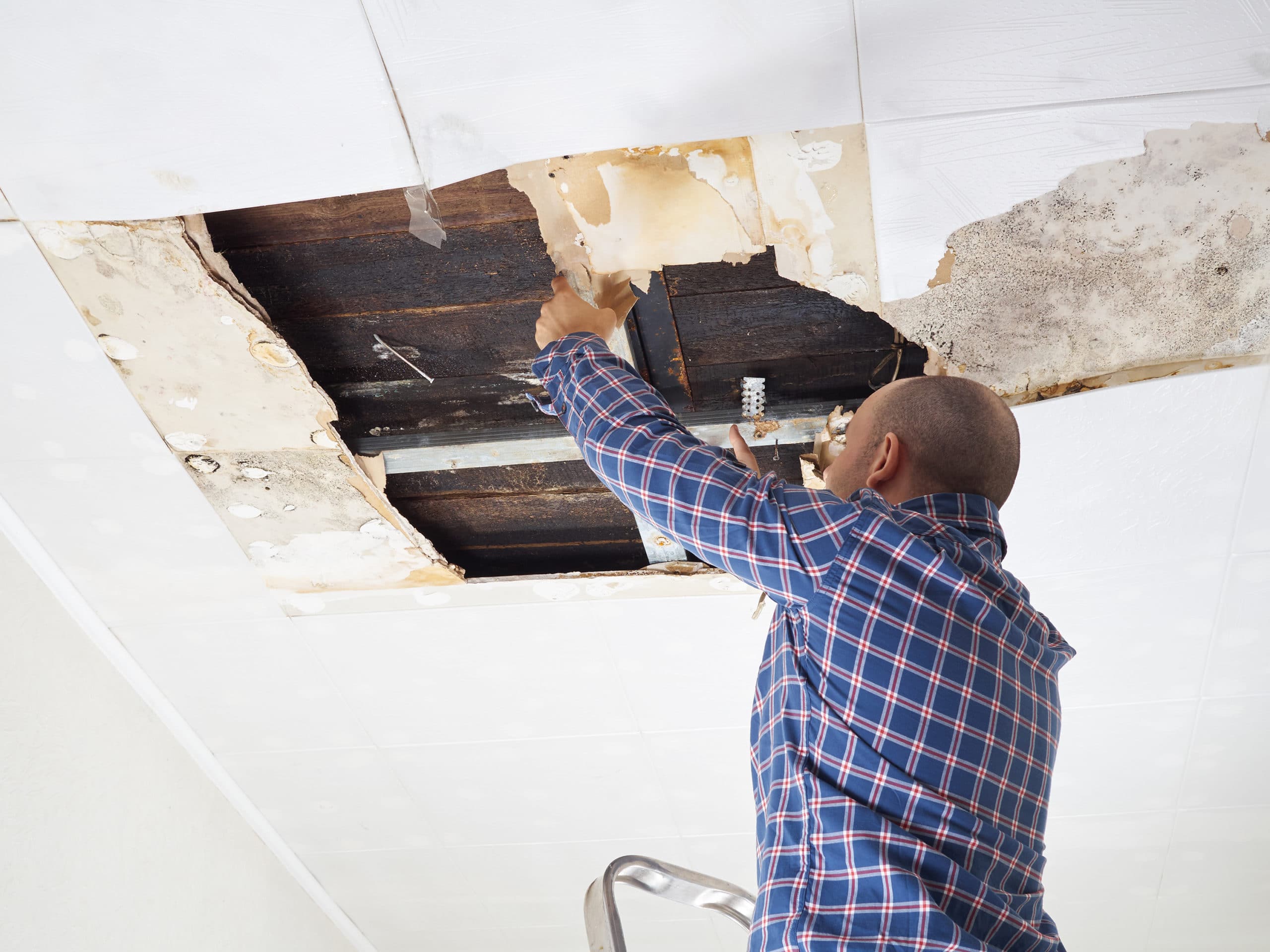
Drywall Replacement
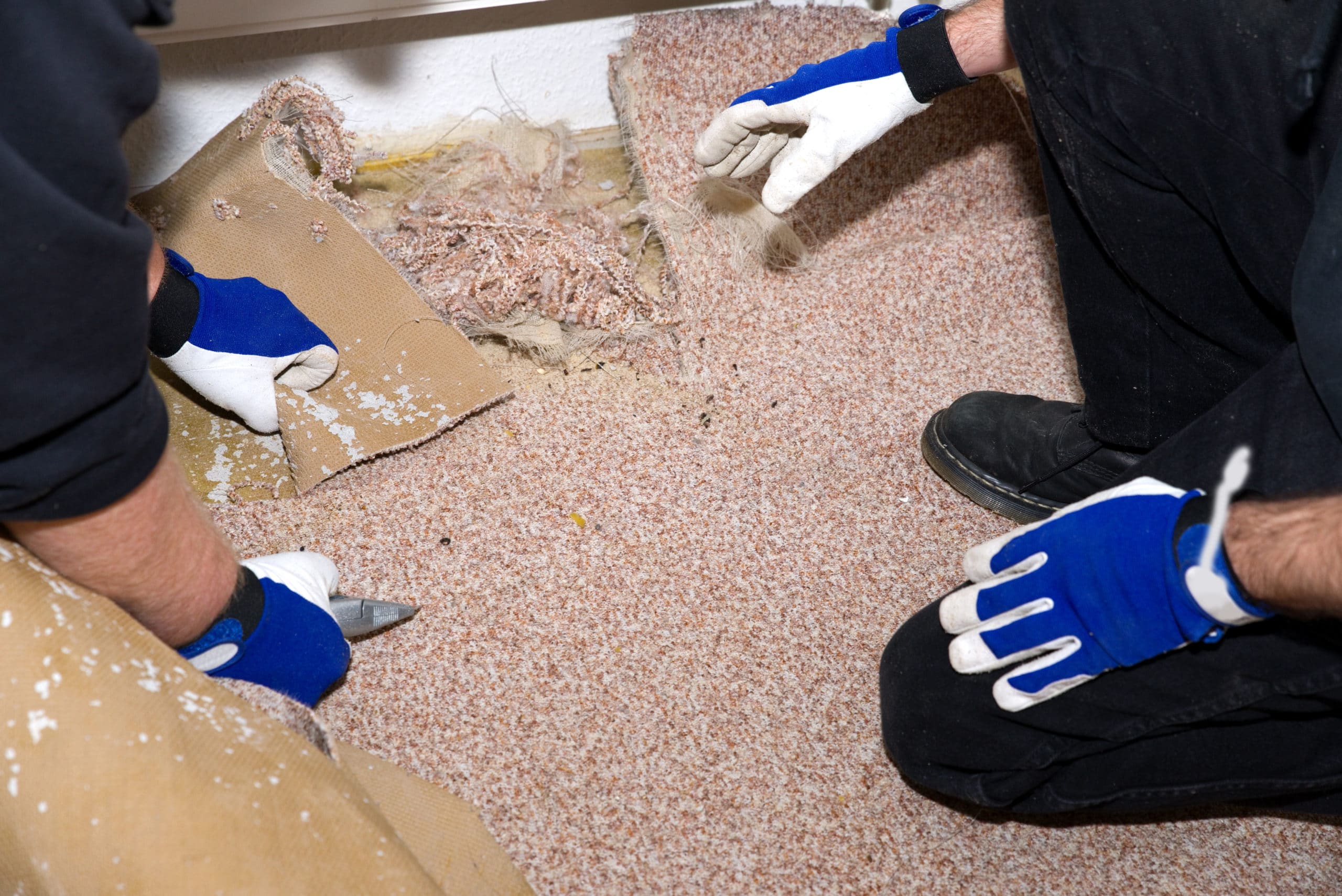
Carpet Replacement
Walls aren’t the only thing that can be damaged by mold, your floors can also suffer from mold and need to be replaced. Some homeowners might need to get their carpets replaced or other types of flooring replaced. For carpet replacement, you are looking at a price of $6 to $13 for every square inch of replacement carpet.
Other repairs can also increase the price of your mold remediation. This includes replacing tile, pipes, and other surfaces affected by mold. We’ll talk more about specific costs in later sections of this post though.
How Much Will Mold Remediation Cost: Room by Room
In this section of the post, we’ll go over the specific costs of mold remediation in various areas of your home. We’ll break the average prices down one by one. Usually, homeowners will find mold in one area or a few areas of their home. So, keep this in mind as you look over the total cost to repair certain rooms and areas of your property.
Bathroom
Bathrooms are full of moisture and humidity and can be one of the most common places for mold growth. Really, if you don’t ventilate this area of your home well, you are asking mold to grow here. Most bathrooms aren’t huge and mold is easier to spot in your bathroom than in other places. But if you aren’t careful mold can grow out of control in this part of your property.
Typically, it’s easier to get rid of mold overgrowth in a bathroom. Especially if your bathroom is tiled. You can easily get a professional to clean and scrub off mold for a low price.
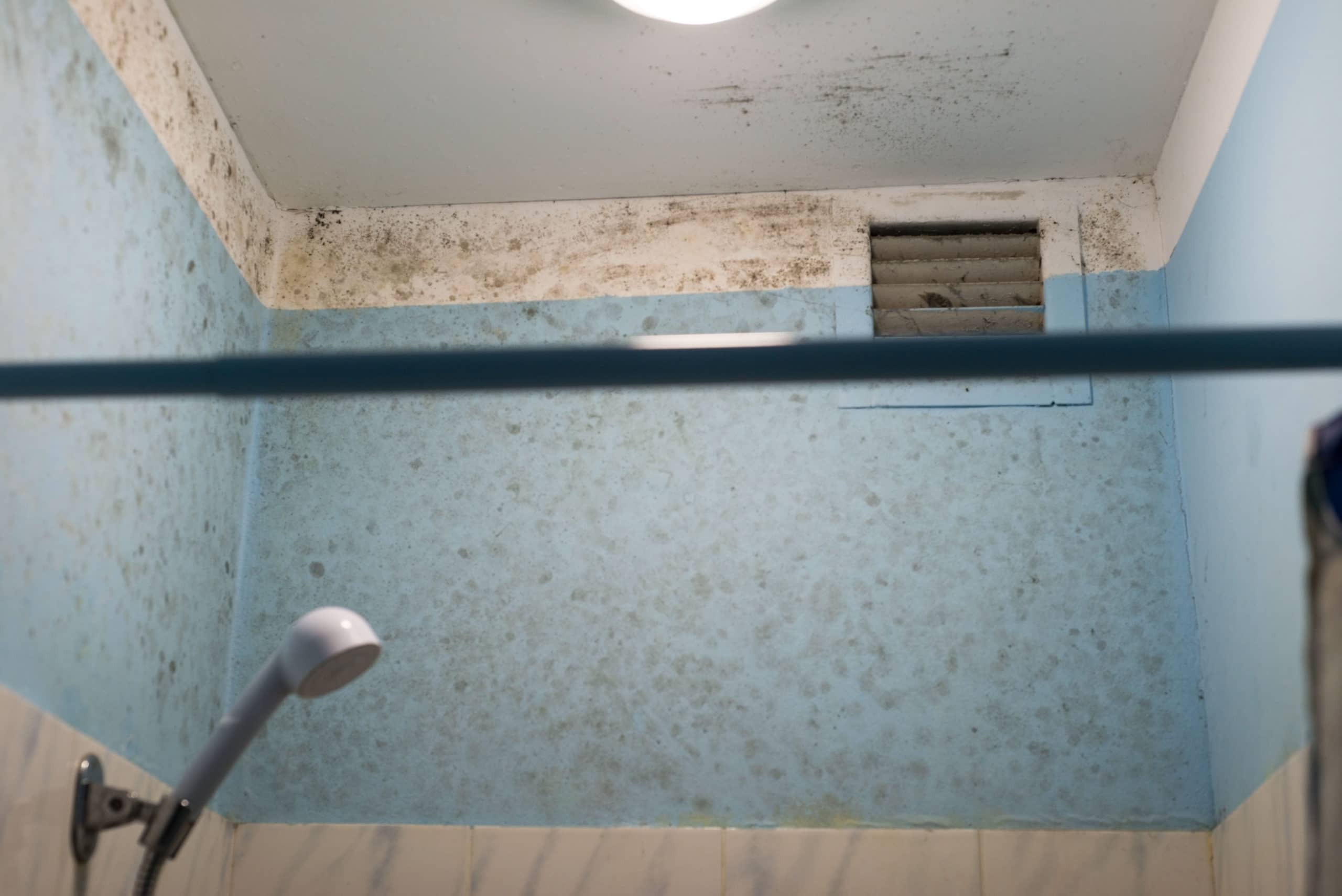
As a result, you will typically pay around $500 to $1,300 for mold remediation in a smaller bathroom. This is an average cost that most homeowners will pay. However, if you are not careful, and mold starts to grow in hard-to-reach places, then the price can really go up.
Places that might be harder to reach could include behind your sink, behind your toilet, and even behind your tub or bathroom cabinets
Crawl Space
Crawl spaces are another area that mold could crop up in. Doing mold remediation on a crawl space won’t cost a lot of money though. To begin with, this part of your home tends to be smaller, so a lot of mold spores won’t grow here and colonize as much as they could in other areas of your property.
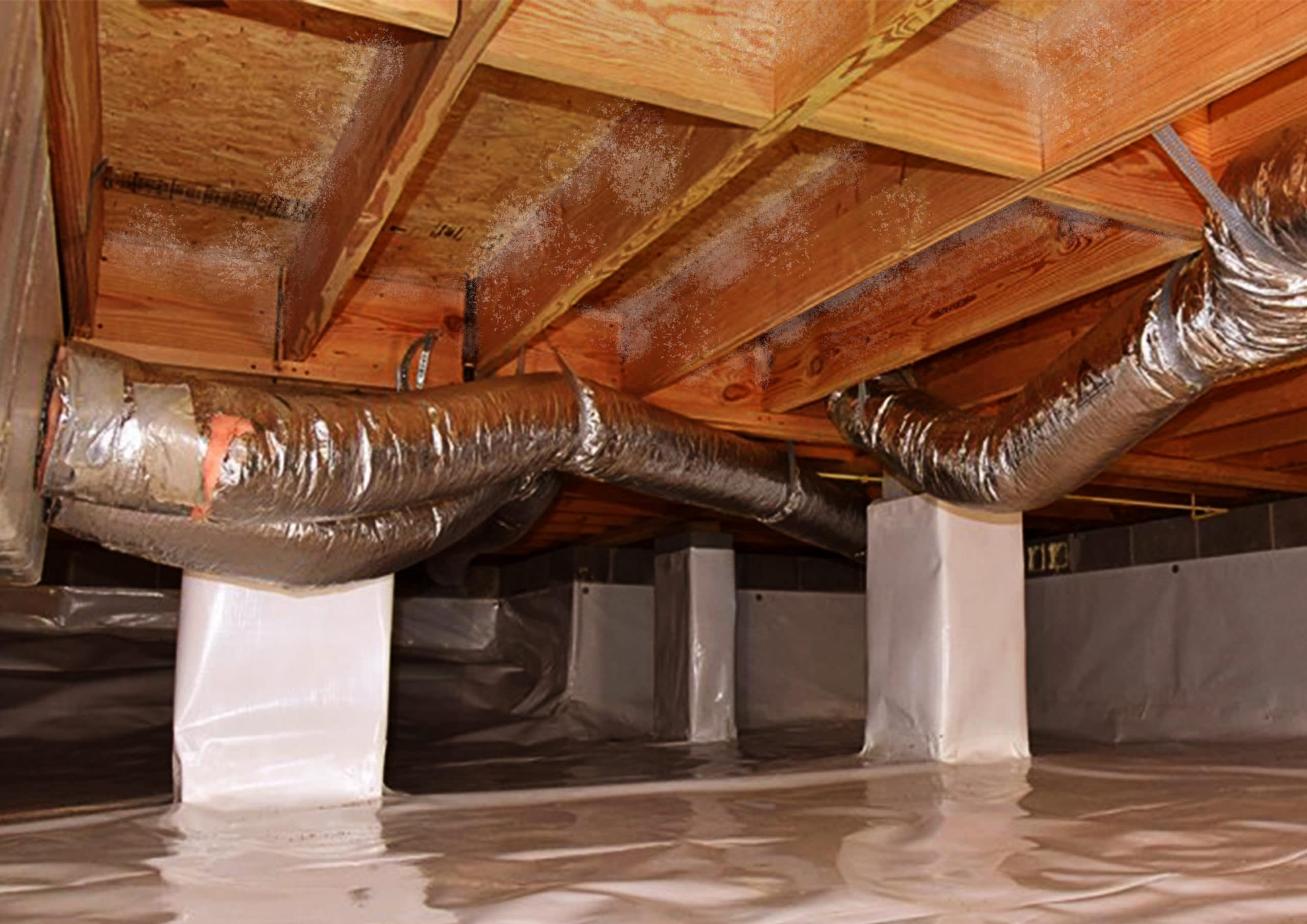
So, usually, you are looking at a cost of $500 to $1,800. Still, you don’t want mold to grow, even in this area of your home. Mold can spread to other parts of your home easily if you aren’t diligent.
Basement
Next to your bathroom, the basement is one of the most common places for mold growth. Your basement is the perfect environment for mold. This dark and dank area of your property is prone to leaking and moisture buildup. And, because basements aren’t the most used area of your home, mold growth in this part of your property might be easy to overlook or miss.
There are many ways that mold can start growing in your basement. Usually, though, flooding will create a mold issue. Maybe a pipe ends up leaking or your basement floors from too much rainwater. There are some preventative methods you can use to stop moisture from really accumulating here. But if you simply want to do mold remediation, expect the price to be high.

Homeowners typically spend anywhere from $2000 to $6000 doing mold remediation in this part of their home. Usually, the cost for mold remediation in this area of your home is higher because mold can grow quite easily here. This means that you are more likely to need repairs. Broken pipes, molded drywall, and other surface damage can occur with ease.
And, apart from the cost of mold removal, you will also need to consider the cost of floor replacement. Simply replacing the concrete base below your flooring can cost anywhere from $2 to $8.
Drywall
Mold remediation services can be cheap in some cases. But if the mold growth is especially bad, expect to pay high prices. In some cases, entire sections of drywall might need to be replaced. This is where the cost can go up. And, if pipes are causing the issue, this can also drive the price up, as you will have to replace them too.
On average, you are looking at a price range of $1000 to up to $13,000 for more extensive repairs and cleaning of any drywall surface.
Attic
Your attic is in a prime place for a mold infestation. Similar to your basement, this area is dark and builds up moisture easily. And, to tell you the truth, many of us don’t check up on our attics as much as we should. So, mold can grow and grow here without you ever knowing.
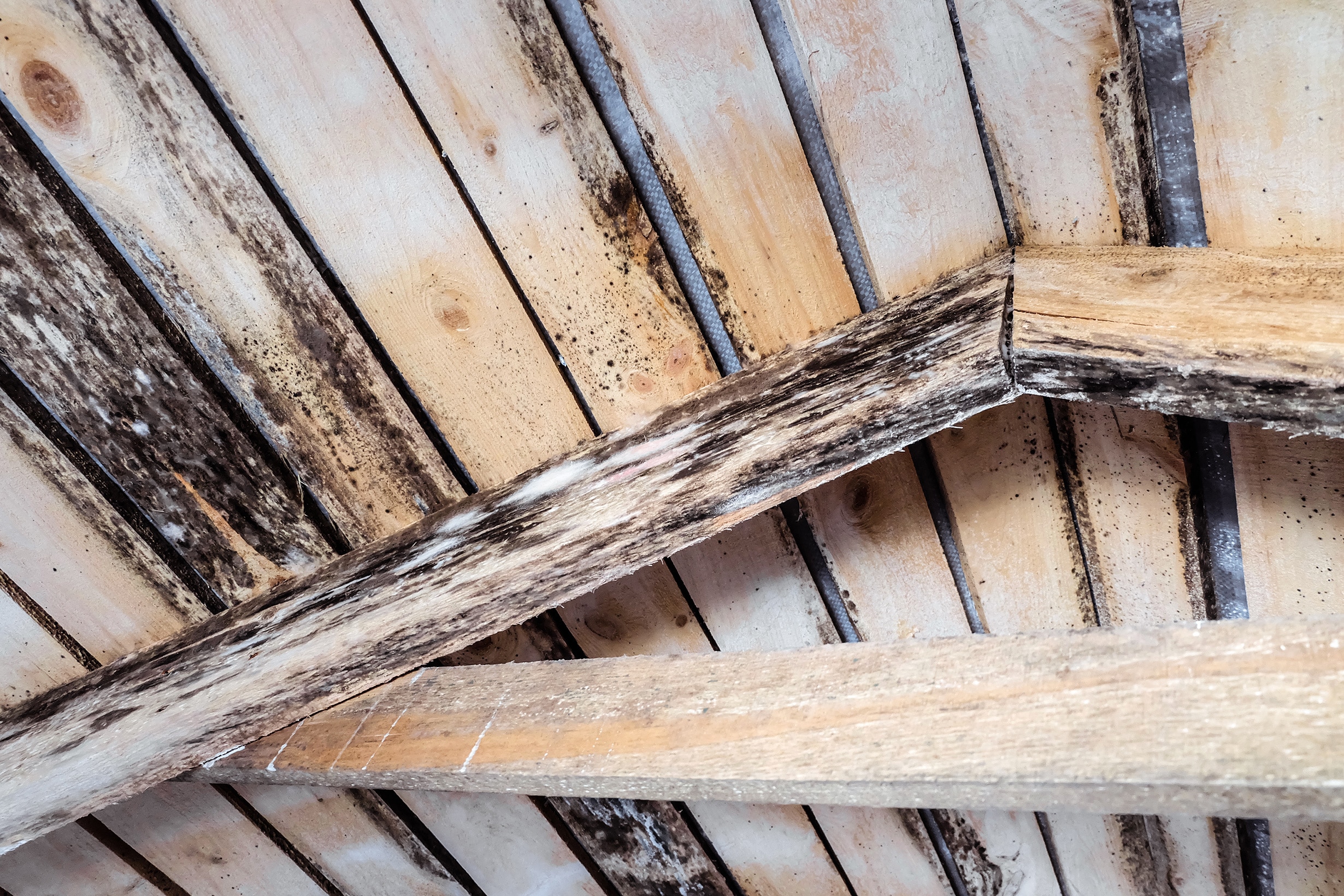
Costs will vary depending on how large your attic space is. You are looking at $45 per square foot for an average cost. But, if your roof or your HVAC system is leaking, and you need to have that sealed and fixed, there will be an extra cost during remediation. Typically the total price will be around $1000 up to $4800. This cost can be even more if extensive repairs and replacements are necessary. But we’ll talk about that more in later sections of this post.
Concrete Walls
You might not think that mold will develop in your concrete walls. But, this is another area where mold could end up growing. This can seem like an odd spot for mold to crop up, but if you have pipes in your concrete walls, they could be causing mold growth, especially if they are leaking at all.
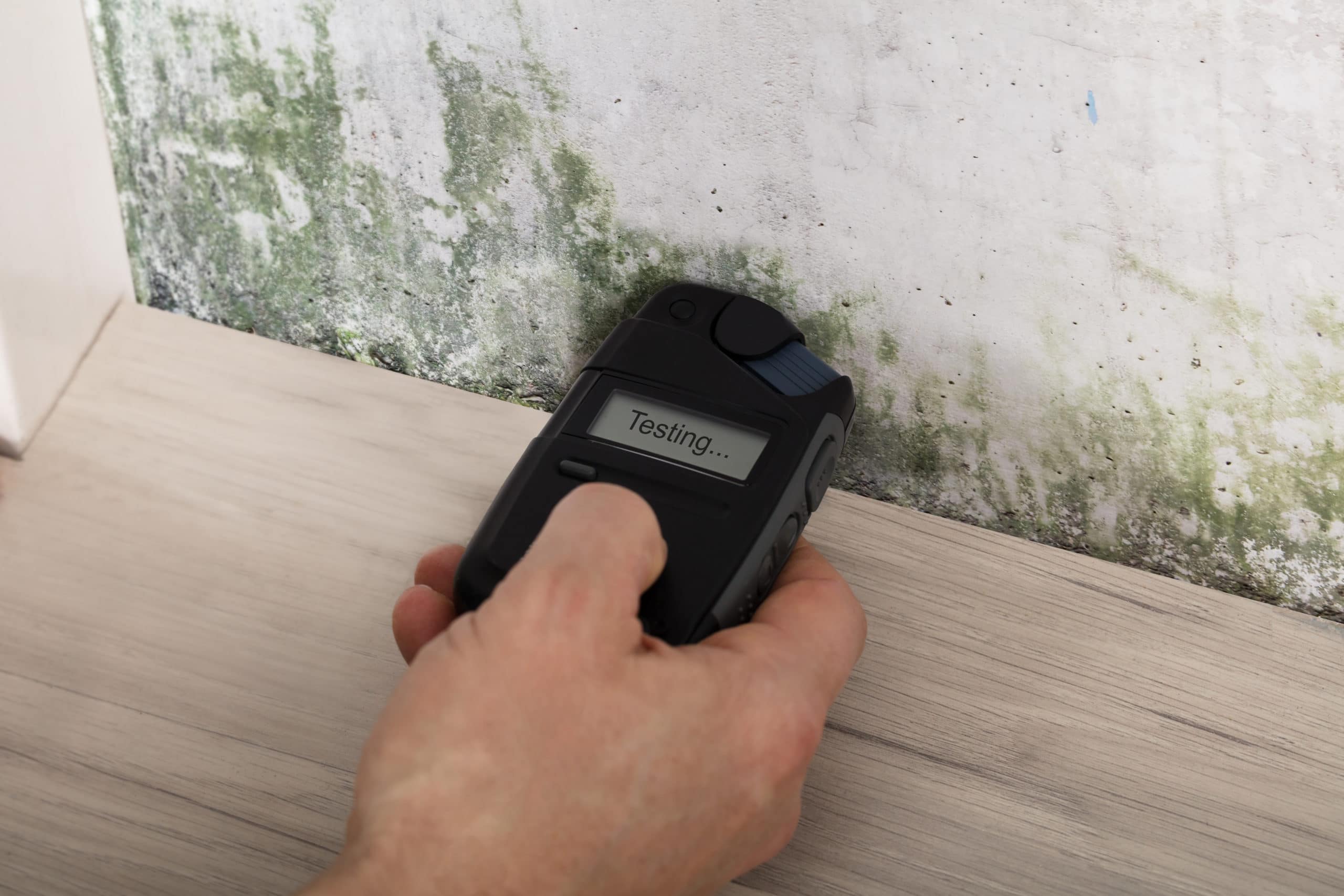
Mold remediation for concrete walls can have a pretty big price range. Usually, it depends on the extent of the issue. If the surface level of the concrete has a little mold it might not cost you too much. But if there is extensive growth, areas of your wall might have to be replaced and sealed.
What this means, is that doing mold remediation on concrete walls can be a little more pricey. Usually, you can expect to pay anywhere from $1,100 to $7,000 just as an average estimate.
Air Ducts/HVAC
Your Air Ducts and HVAC system is especially prone to mold growth. This is because there is a lot of moisture build-up when your HVAC system is running, which can cause mold to grow. Really, if this part of your home is showing signs of mold growth you need to take action right away.
Your HVAC system runs air all throughout your home. If there is mold present in it, it could spread spores all over your home. These spores can enter your lungs and create issues for your health in the long term. So, make sure to turn your system off as soon as you can. Then, get professionals to inspect your property soon.
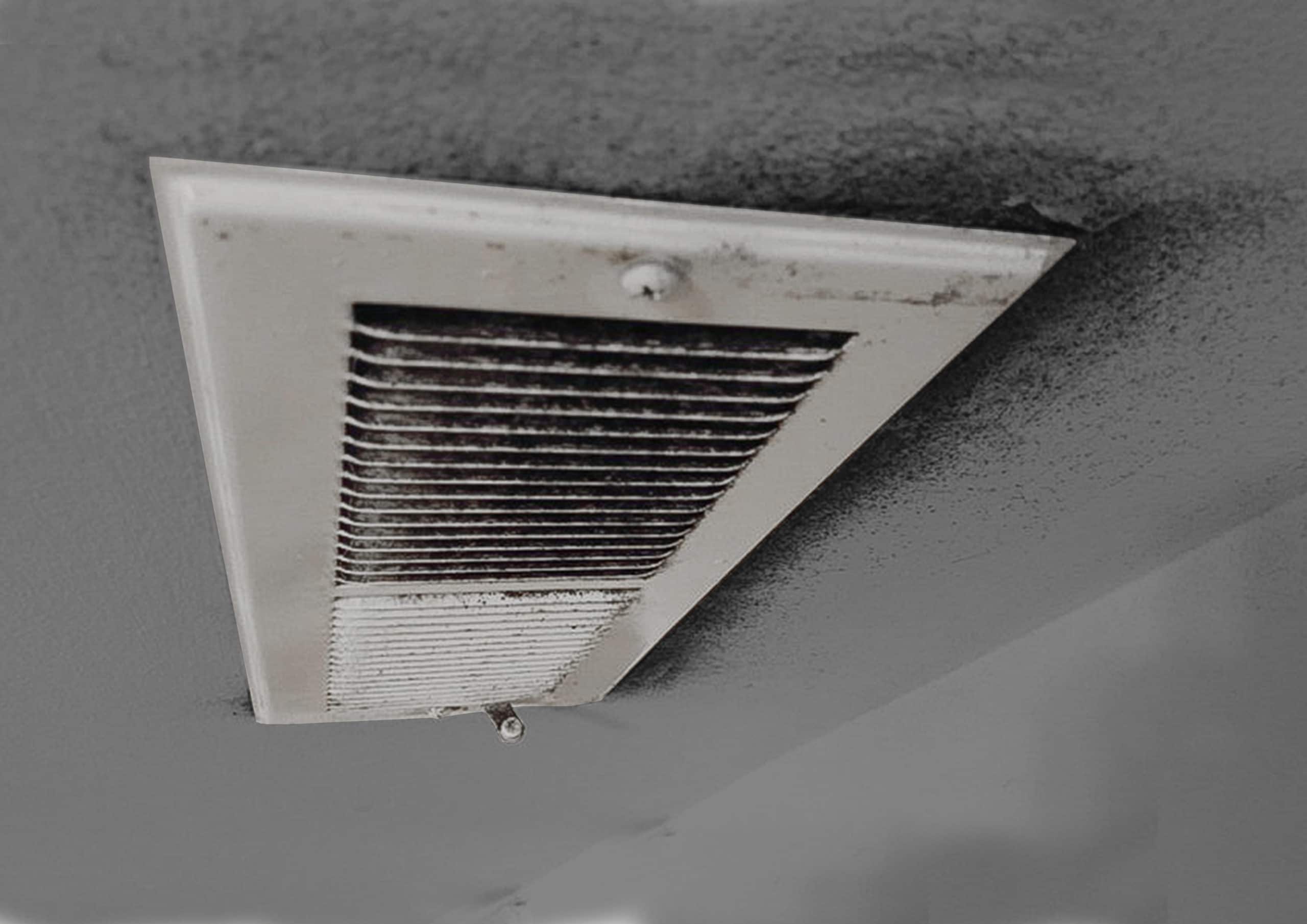
Still, what about the cost? What can you expect to pay for your HVAC mold remediation? This will depend on the size of your home and the surface area of your HVAC system. The extent of the growth will also factor into the cost. Usually, though, you are looking at a price range of $1900 up to $2500. And if the mold is really extensive you could pay upwards of $8000.
You might be wondering why the cost could be so high. This has to do with the difficulty in cleaning HVAC systems. Not only is this a hard-to-reach place, but your ducts also need special treatment to be fully remediated. Filters need to be replaced as well and your ducts will need to be vacuumed.
Your Whole Home
In the worst-case scenario, mold remediation will not happen in a single room or a few rooms. If you let mold grow out of hand, it can actually spread into your entire home. In this case, the cost of mold remediation will be a lot more expensive. The process of this mold remediation will also take a lot longer.
In fact, the cost will be well above the average number we quoted at the beginning of this post. To give you an idea of what a whole home mold remediation would cost, the range will be anywhere between $11,700 to even $30,000.
This can seem like an overestimate. However, when you consider the labor costs and services needed to do this job it makes sense. Cleaning your entire home, doing repairs, and then replacing affected areas will cost a lot of money.
This is why it is best to take preventative measures or deal with small amounts of mold early on. Being proactive will cut costs considerably and save you a huge headache.
Other Services To Consider For Prevent or Halting Mold Growth
Routine Mold Inspections
Mold inspections are not cheap, but they can save you a lot of money in the long run. Usually, you will end up spending around $300 to $800 for a pro to look at your home and do a full inspection. Doing a regular inspection can help keep your home mold-free. But it’s also important to get one done if you suspect mold is growing someone on your property.
You might think that you know the full extent of mold growth. But, professionals know exactly how to spot damage and other signs of toxic mold. So, if you really want mold to leave your home it’s good to get an inspection.
Waterproofing Your Basement
As we talked about earlier in the post, basements are especially prone to water damage and moisture build-up. This is why you want to take some preventative measures before mold starts to grow in your basement, or after you do mold remediation in this part of your home.
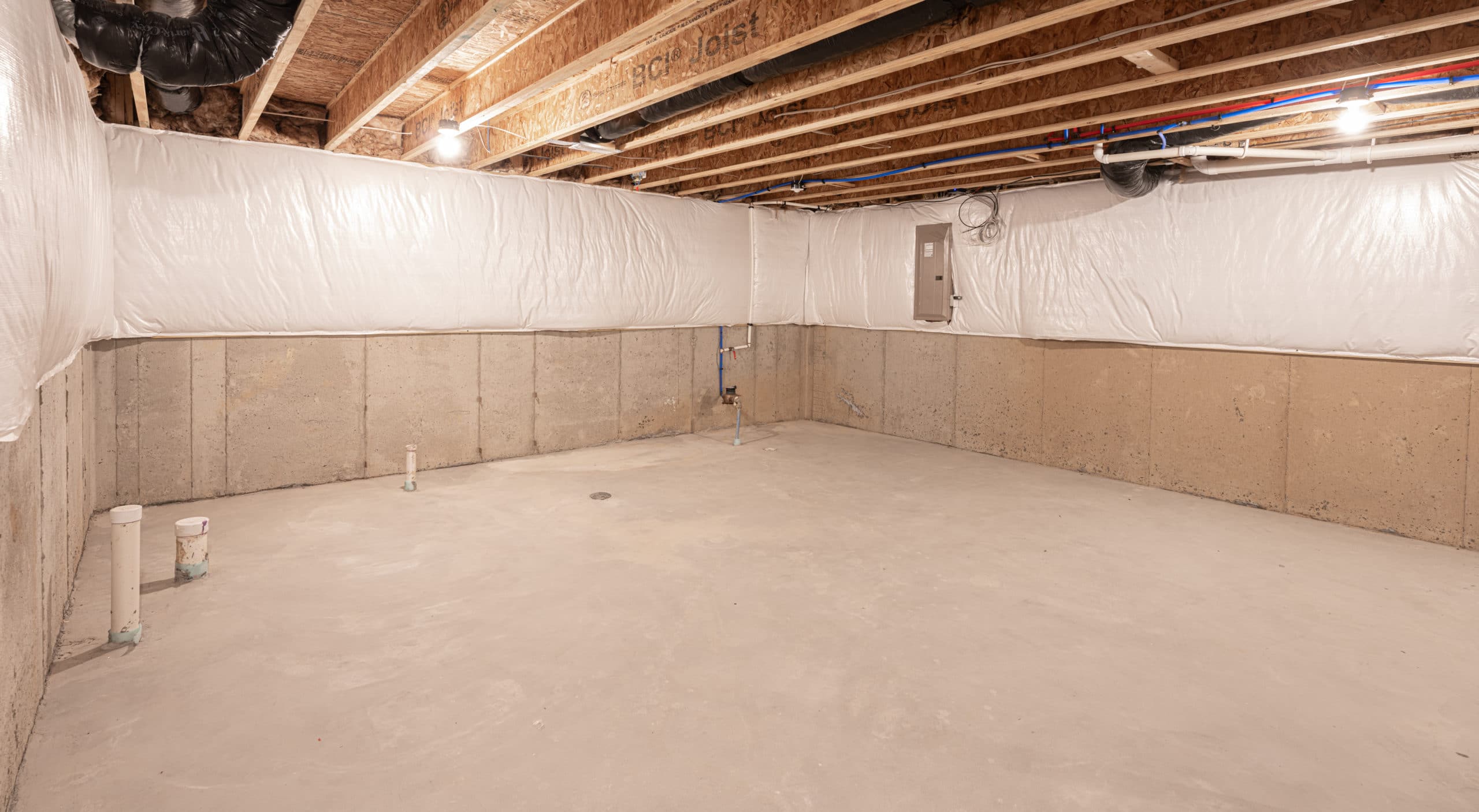
Waterproofing your basement will help keep water and mold away. So definitely consider this service. It is well worth your money. Of course, the price can be high, ranging from $1500 to even $1900. But letting water damage your home and promote mold growth can be even more expensive.
Check Your Pipes
Pipes should also be checked routinely in your home. You don’t want a pipe to suddenly burst and then cause water damage and mold growth. In particular, if you see any moisture building up in a room or space, call in a professional. You will want a plumber to look at your pipes and fix any leaks or damaged pipes. In general, water damage is bad for your home and can also lead to structural issues.
So, repair older pipes this way you don’t have to worry about future issues with mold or home repair. A plumber will charge a range of prices for their services. But you are typically looking at anywhere from $45 to $100 dollars per hour.
Repair Leaks and Cracks In Your Roof
One of the major causes of mold, especially in an attic space, is a roof leak. This extra service might seem unnecessary, but you will save yourself a lot of trouble if you get your leak fixed during your mold remediation.

This will prevent future mold growths. In addition, though, even if you don’t have mold, get this done as soon as you can. Leaking roofs and other forms of moisture is a breeding ground for mold spores. Usually, you can expect to pay anywhere from $450 to $1100 for this particular service.
If the leak is directly related to mold growth, this price will be factored into the cost of your remediation. However, if it’s not currently causing mold issues. Still get your roof repaired, that way mold won’t infest your attic.
What Causes Mold Growth?
We’ve talked briefly about what causes mold growth. So, by now you know that mold will grow in moist areas with high levels of humidity and low levels of light. But what other specific factors can cause mold growth? We’ll answer these questions here.
Leaking is one of the biggest problems homeowners will face. Pipes can be one cause of leaks. You have pipes all throughout your home, and if one of them leaks water can build and create mold colonies. But you also have to consider that moisture could be created by forces outside your home.

If you have leaks in your roof or in other parts of your property, water could be getting in and creating moisture. In the right conditions, such as low ventilation and high humidity, mold will be able to proliferate. Your HVAC system can also leak and create moisture so you want to keep this in mind. As you try to find the source of your mold.
What Is The Process of Mold Remediation?
Step 1
Locate The Mold and Assess The Damage
The first thing you want to do is locate the mold and assess how bad the damage is yourself. This way, when you call your local mold removal services they can give you an estimate for your mold remediation. Knowing where your mold is located and what the damage might be can also help you budget for this project.
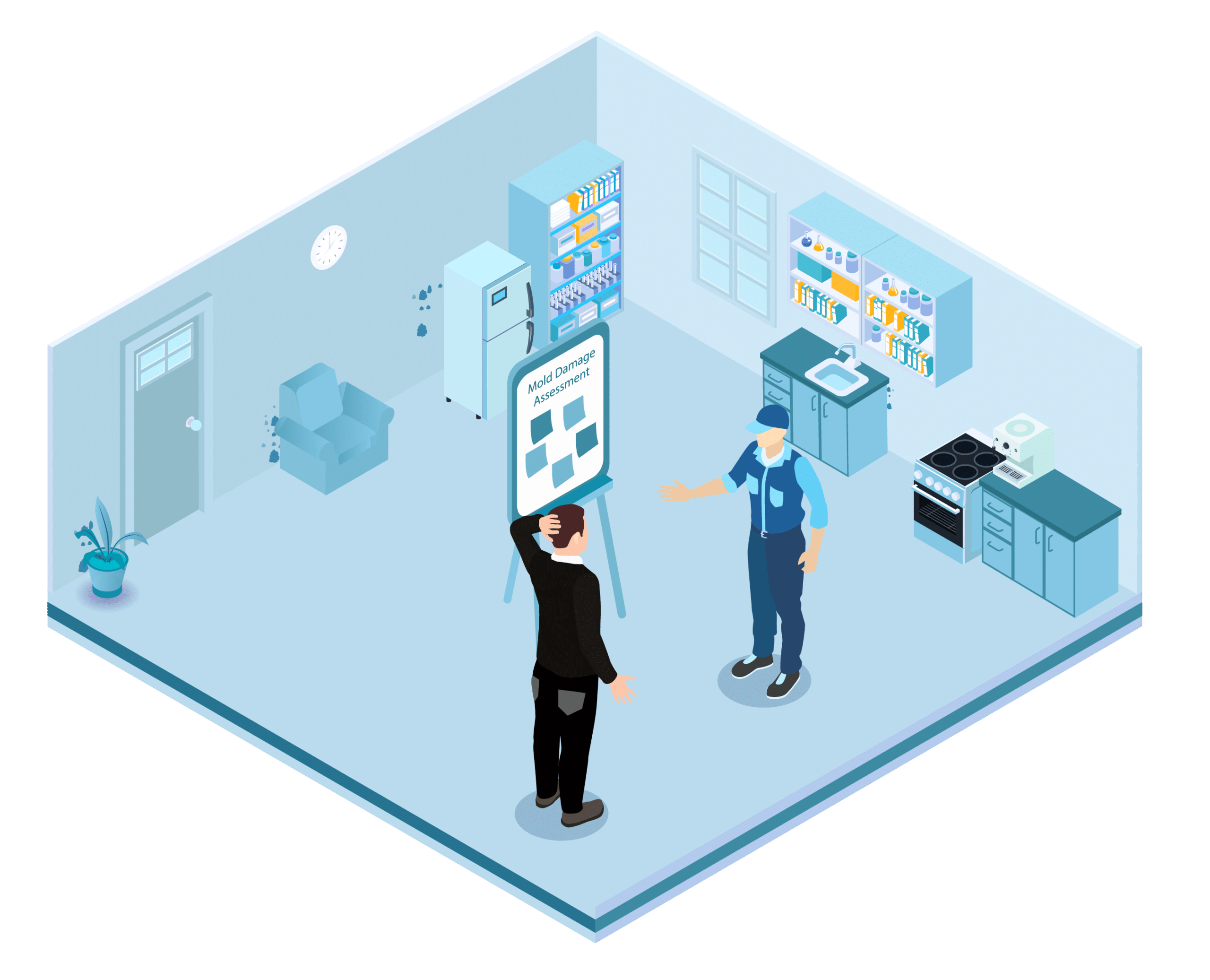
Step 2
Call And Research Local Mold Removal Services
Once you have an idea of where the mold is and what the damage is like, you will need to call professionals. Your assessment is important, but you also need someone with experience to look at your home and the mold growth.
So, begin doing research on all the local mold removal businesses in your area. Read reviews and plan to call the company that will fit your needs and budget the best.
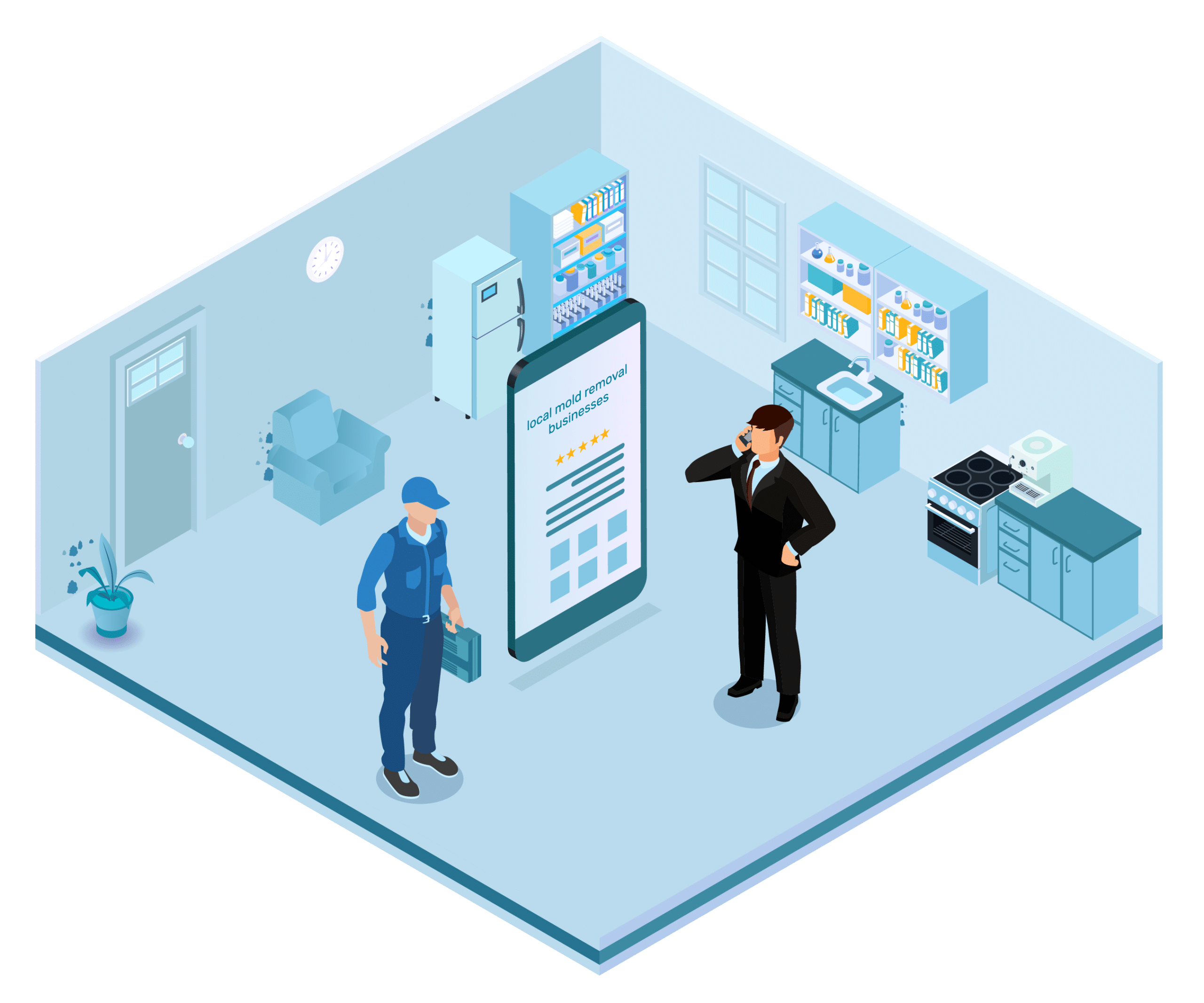
Step 3
Hire A Team and Create a Remediation Plan With Them
Once you have picked out a mold removal company, hire your team and begin planning the remediation process with them. This will take several different steps, as we have mentioned throughout the post.
And, if you want other services done, you should talk with your team about this. This includes repairing any leaks in your roof and installing other preventative measures to protect your property in the future.

Step 4
Figure Out The Extent of The Mold Growth
Once your team has a tentative plan in place, they will begin inspecting your home. During the remediation, professionals will need to see which parts of your home can be kept as is, and which surfaces need to be disposed of.
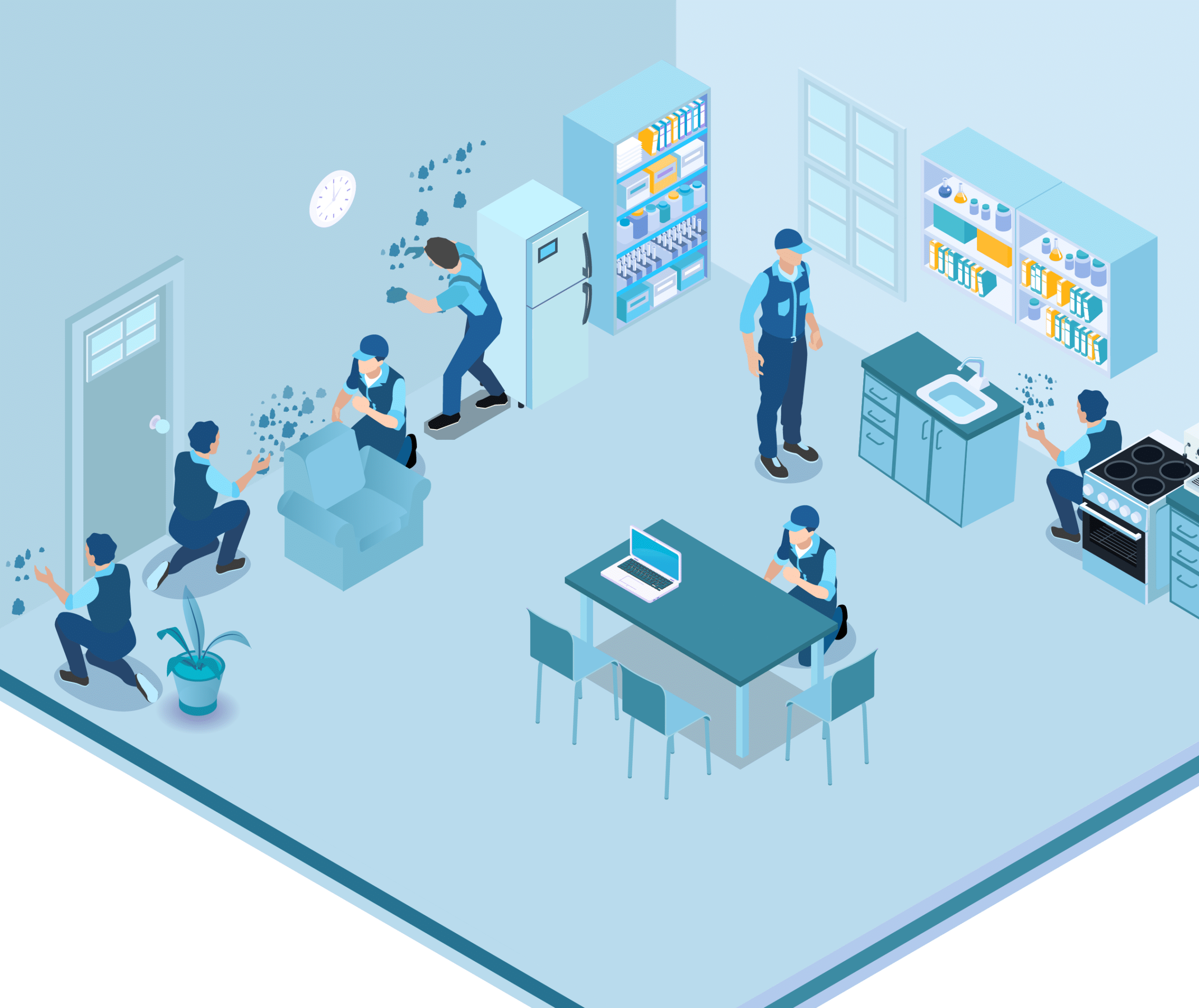
For instance, if drywall has been completely infected it might need to be replaced. On the other hand, if the mold is only growing on the surface level, then a mold solution and other cleaning methods might be sufficient enough.
Step 5
Begin Cleaning Up and Removing The Mold
To get rid of mold, your mold remediation team will begin by spraying the infected areas with a cleaning solution. The cleaning solution will help to get rid of mold spores. It will also help make it easier to scrape off any remaining mold. A special vacuum will also be used to clean the air and get rid of spores in the air.
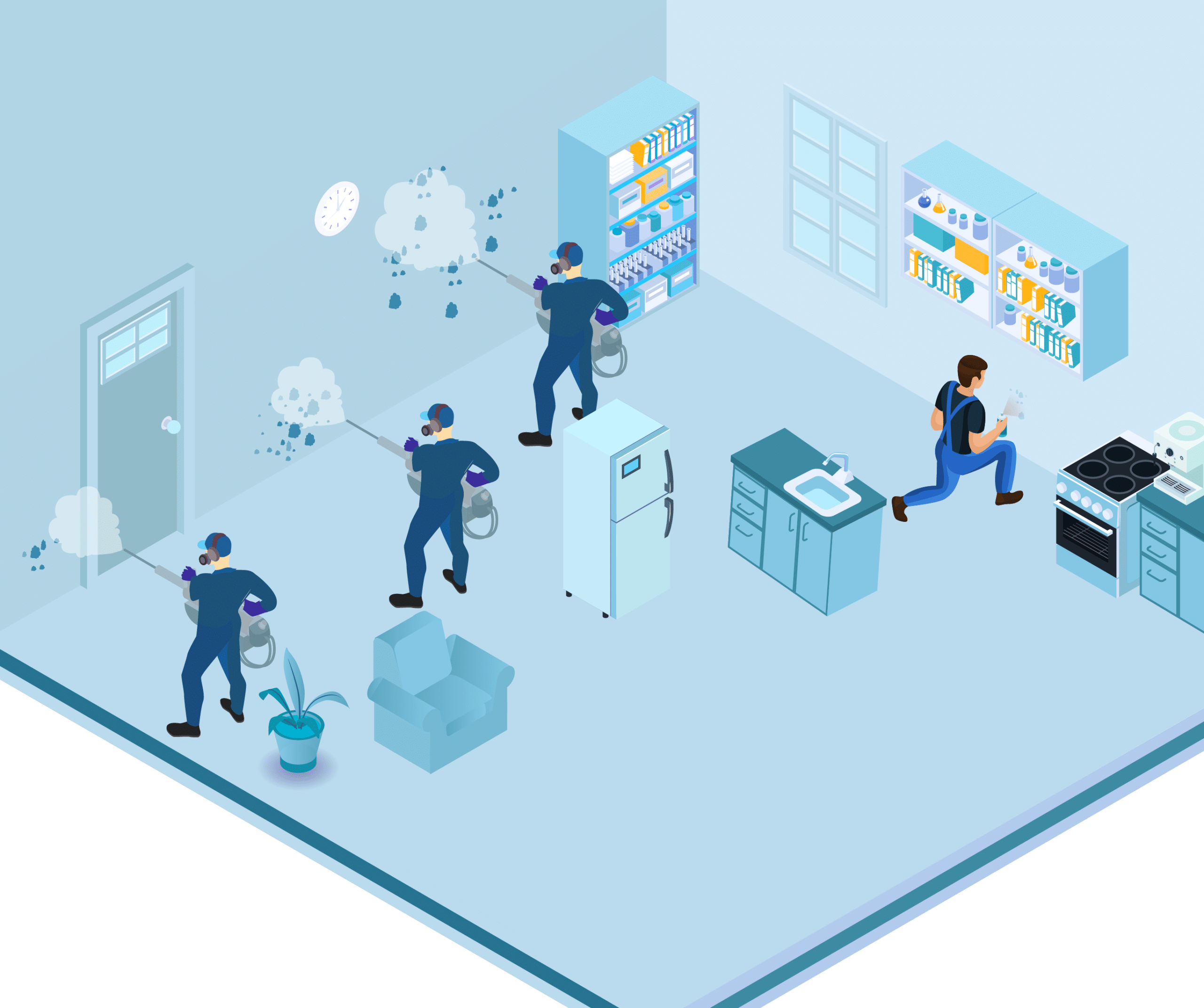
After this removal step, the next step is to do encapsulation. Your mold removal team will use a high-grade sealant to prevent future mold growth and secure this area of your property fully. Sealant helps keep moisture out of your home.
Step 6
Restore and Repair Areas of Home Affected By Mold
The restoration and repair process will be the next step. Not every homeowner will need their home to be repaired. With minor mold colonies, a simple clean-up and sealing could be enough to get rid of mold. But if the damage is more extensive, then expect there to be major repair work in your home. You won’t have to leave your house, but it could be noisy for a while.

Floor replacement, wall replacement, pipe replacements, and other repairs will go on during this final step of the remediation process.
Step 7
Inspect The Mold Cleanup
Once the mold remediation has been completed, your contractor will look over your home and make sure that no mold has regrown or been left untreated. Sealing and replacing mold-infested parts of your home should be enough to get rid of the mold. But, there is always a chance that something could have been missed. So, the team you hired will do a final check of your property.
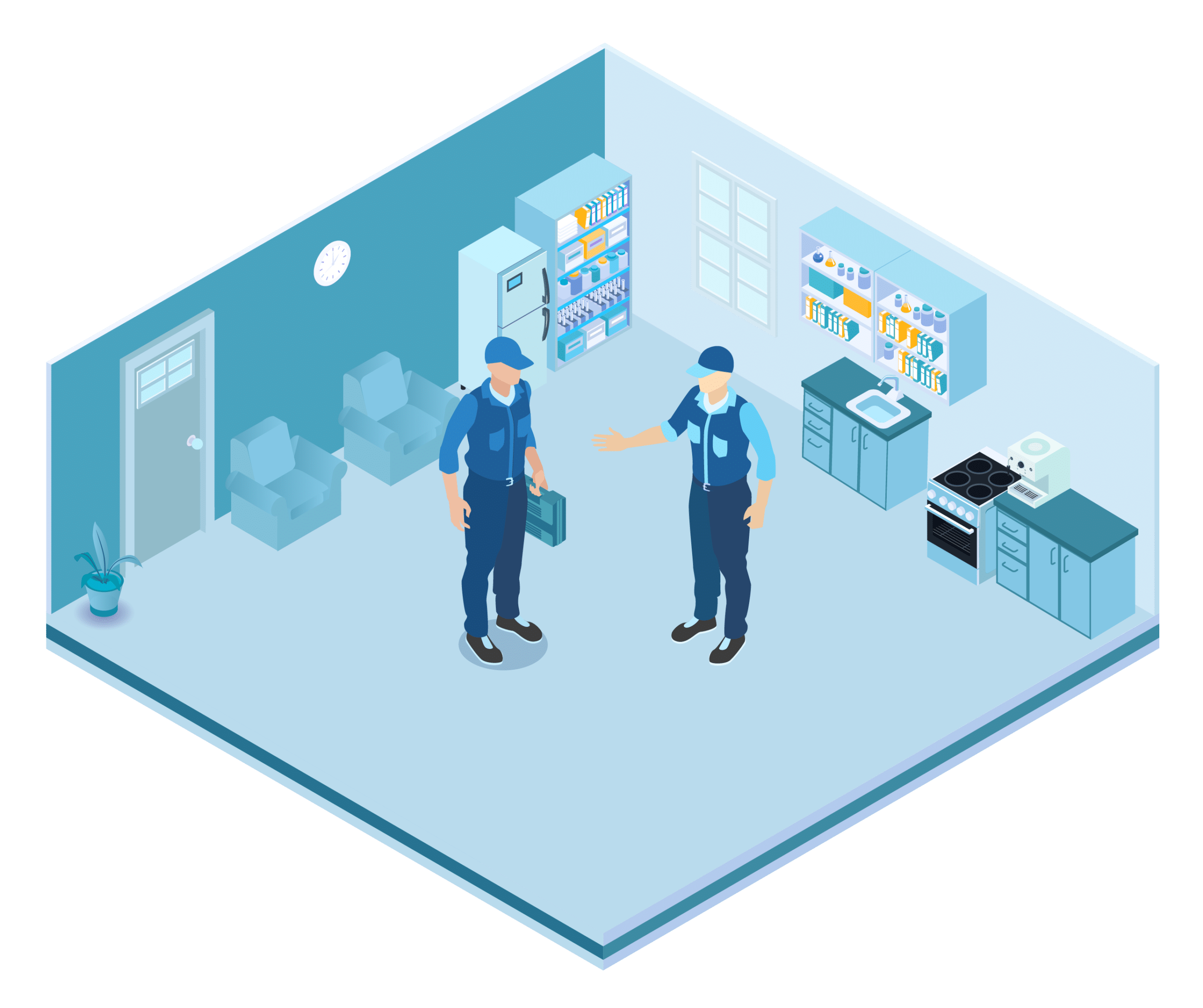
Important Considerations When Undergoing Mold Remediation
Mold remediation must be considered carefully. You will likely be spending thousands of dollars on this service. So, you should keep a few things in mind this way your remediation is successful and effective.
The Quality of Your Mold Remediation Team
First off, make sure that you are hiring a quality company. Mold remediation should not be done in half measures. You want the mold to be thoroughly and fully removed by professionals who know what they are doing. So, if you have to spend a little more money to get a quality team, it is worth the expense.
Preventative Measures
In addition to hiring the right team, you also want to take steps to prevent mold from growing in other areas of your home. This way you won’t have to do another mold remediation down the line. We talked about a few extra services you can have done to your home. Consider doing this so you won’t have to pay more money and waste more time.
The Extent of The Damage
We have talked about this throughout the post, but the extent of the mold growth and the damage it causes can be a significant factor in the cost of your mold remediation. How much damage and mold are present will decide the course of your remediation. So, make sure to have the damage assessed properly by pros.
Frequently Asked Questions: Mold Remediation
You might think that mold is harmless, but this substance is actually more dangerous than you might realize. Simply touching or breathing in mold spores can create a host of health problems for people. This includes allergic reactions and even potential asthma attacks.
Really, mold is not something you want festering in your home. Your family could experience irritation to the skin, eyes, throat, and nose. Breathing problems can also develop, even if you are not allergic to mold spores, to begin with.
In the worst-case scenario, people with underlying health issues can become even sicker and end up contracting more serious illnesses. This could result in lung damage and other types of organ damage. In other words, no one should be breathing in mold or be in contact with mold in their home if they want to stay healthy.
We all know what mold looks like, but what is mold is hidden out of sight. How will you find the mold then and what signs can you look out for? Obviously, if the mold is visible you will see it growing. But other things you can look out for include odd smells and musty odors.
If you smell something off there could be a mold issue. In addition to this, look for any damage to your home. If you see a lot of cracks or warping in your home this could be a sign that mold is underneath your walls, floors, or ceiling.
You should also be on the lookout for any types of stains or water damage. This is usually an indication that mold is growing somewhere nearby. Finally, if you are having trouble breathing or have more allergy-like symptoms mold could be growing in your property.
Many people want to know how they can keep mold from growing in their homes. Of course, we talked about some extra services you can have done to prevent mold growth. This includes fixing leaks, doing inspections, and fixing any water damage as soon as possible. But there are other steps you can take, as well.
First and foremost, you want to check for mold growth on your own regularly. Looking for mold growth can help you catch it early and save you hundreds if not thousands of dollars. Homeowners can also open their windows and control the ventilation levels in their homes to prevent mold. The better your ventilation is, the less likely mold is to grow.
Other steps you can take include doing repairs on your house promptly, this way moisture can’t seep into your house. You also want to lower humidity in your home with your HVAC system to keep colonies from growing. Your gutters should also be cleaned and you can wipe away any water and other moisture when you see it.
Again, you aren’t going to need to leave your home for mold remediation. But this process can take some time. Mostly, the time frame will depend on the amount of mold you have in your home and what kind of repairs you need to have done.
For the most part, though, mold remediation can be completed within the span of a week. Most professionals will take one to five days to finish this job. If the mold growth is really extensive, however, plan accordingly. More invasive mold colonies could take weeks to get rid of. And if you have repairs that need to be done this could lengthen the process considerably.
You can stay in your house the whole time, but if you want the work to be done faster, leaving can help speed the process along. There will be fewer distractions and interruptions for the mold remediation team. And you won’t have to breathe in the mold while it is being removed from your property.
